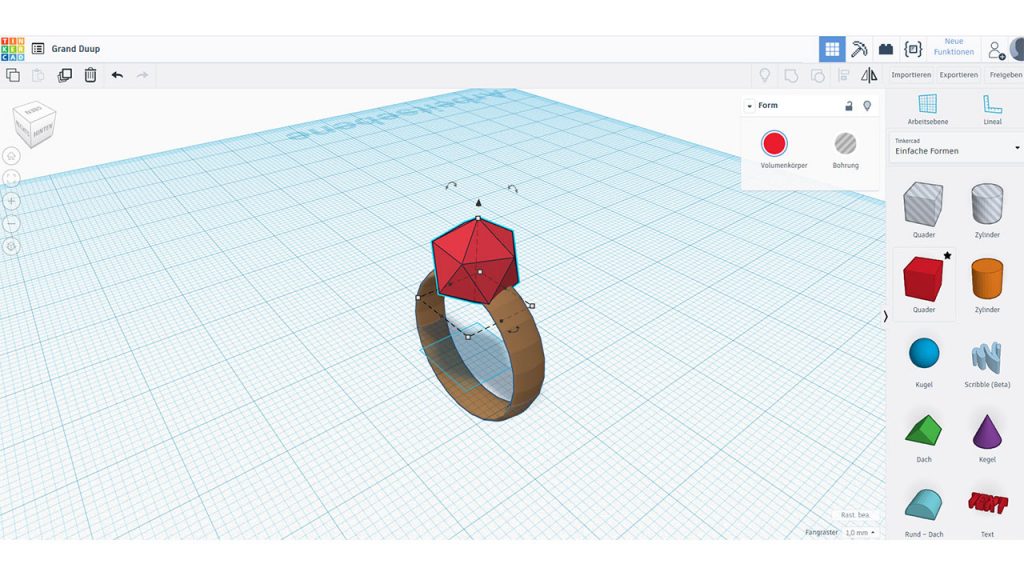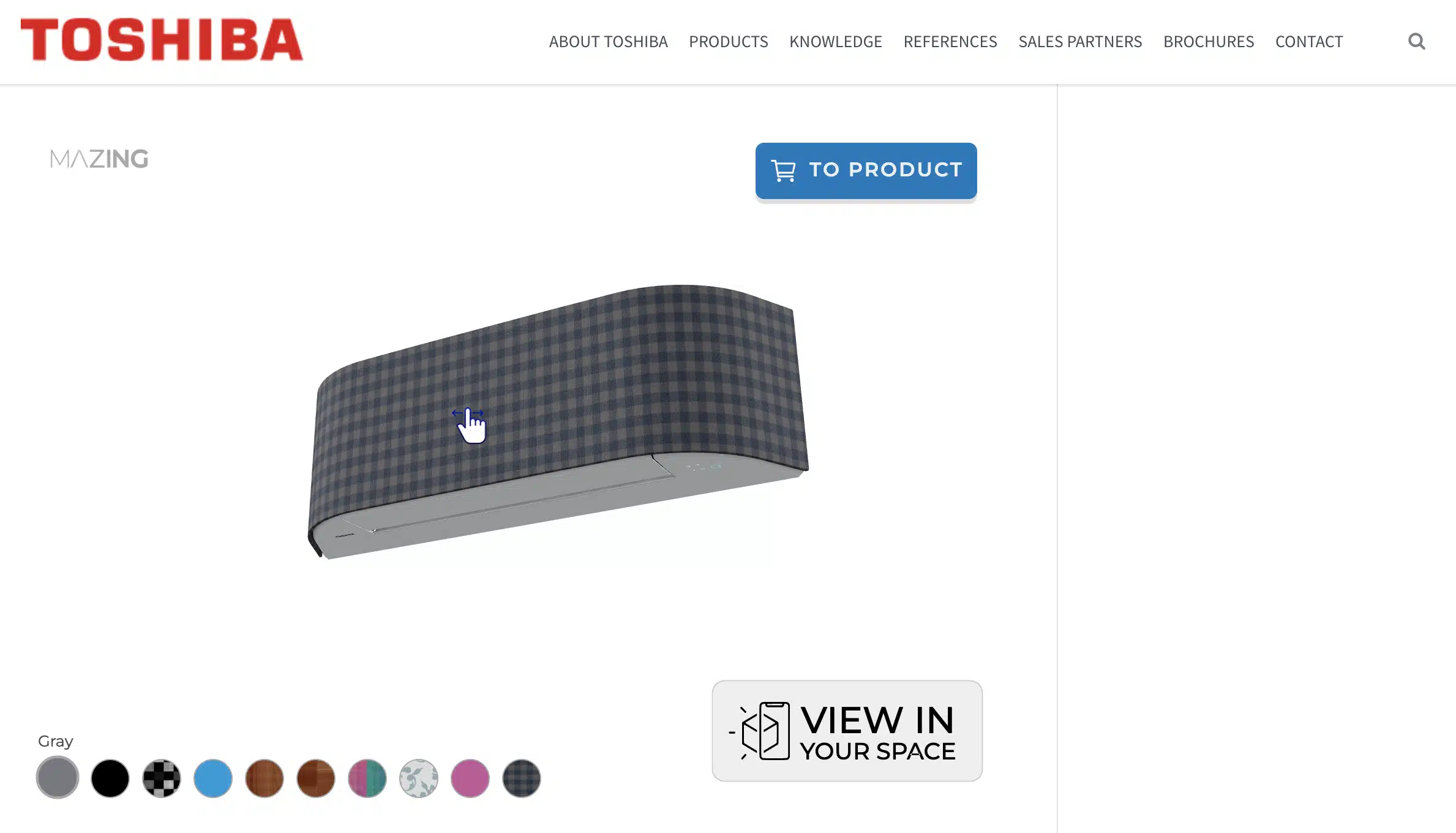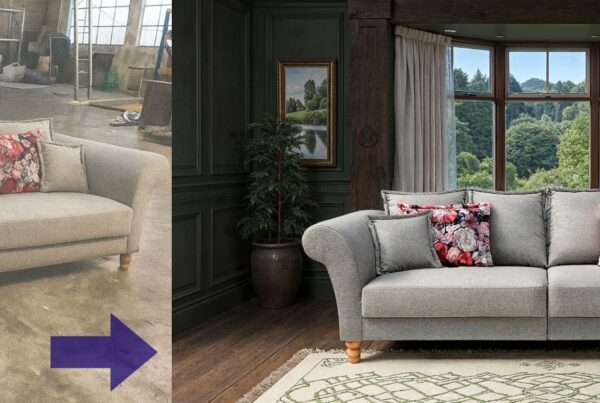In the highly competitive world of e-commerce, it can be difficult to make your products stand out. However, if you integrate 3D models for e-commerce into your product offerings, you can offer your customers a more intensive and interactive shopping experience. Learn how to create and use 3D models for e-commerce to increase your sales, improve customer loyalty and stand out from the competition.
What are 3D models and why are they important for e-commerce?
3D models are digital representations of physical objects that can be viewed and interacted with in a virtual space. They are important for e-commerce because they allow customers to view products from all angles and get a better feel for their size, shape and characteristics. This can increase customer confidence in the products and purchase security and reduce the likelihood of returns. In addition, 3D models form the basis for AR eCommerce and virtual fitting rooms, which further enhance the customer experience.
How do you create 3D models for your products?
Creating 3D models for your products can seem daunting, but there are several tools and resources to help you get started. One option is to hire a professional 3D modelling service that can create high-quality models tailored to your specific needs. Alternatively, there are various software programmes that you can use to create your own 3D models, e.g. Blender and SketchUp. These programs are not very easy to learn, but there are many tutorials and resources on the internet to help you master the basics. Methods for creating 3D models for eCommerce using photogrammetry or AI are technically more demanding but more scalable. Mazing uses a combination of 3D creation with AI and 3D experts, which increases scalability and costs. However, this also guarantees the high quality and smooth use and integration of the models.
Once you have your 3D models, you can easily integrate them into your e-commerce platform using plugins or integrations.

Source: https://hobby3ddrucker.de/tinkercad/
How to integrate 3D models into your e-commerce platform
Integrating 3D models into your e-commerce platform can be done in different ways, depending on which platform you use. Many popular e-commerce platforms such as Shopify and WooCommerce offer plugins or integrations that allow you to easily add 3D models to your product listings. These plugins usually require you to upload your 3D models to a third-party hosting service, which then provides you with a code snippet to embed in your product offering. Alternatively, you can also use a customised integration or create your own solution using the platform’s API. Whichever method you choose, integrating 3D models into your e-commerce platform can help you stand out from the competition and increase your sales. Mazing also acts as a consultant to provide you with the best possible support and service.

Source: Toshiba & Mazing
Advantages of using 3D models for online shops
The use of 3D models has many advantages. First and foremost, 3D models allow your customers to view your products from all angles, giving them a better understanding of what they are buying. The result is an optimized product presentation. This creates an exclusive customer journey, which increases customer satisfaction and customer loyalty. The ability to inspect products more closely also minimizes returns, which reduces transport costs. Fewer transportation routes also result in lower CO2 emissions and thus support the environment. 3D models can also help you stand out in the crowded e-commerce market by making your products more memorable and increasing the likelihood of repeat business. You can secure an exclusive Unique Selling Point. Finally, you can save time and money with 3D models, as you need fewer physical product photos and therefore don’t have to pay for photographers, photo studios or professional shots. You have the opportunity to present your products in a more dynamic and appealing way.
Proven methods for optimisation
If you are using 3D models to increase your e-commerce sales, it is important to optimise them for the best possible customer experience. This includes ensuring that your models are of high quality and accurately represent your products, and that they load quickly and smoothly on your website. In addition, it is important to consider the user interface and ensure that customers can easily interact with and manipulate the 3D models. Don’t forget to test your 3D models on different devices and browsers to make sure they work well for all customers.
Summary
3D models are a significant development in the eCommerce sector. They offer many benefits that companies can take advantage of. There are various methods for creating 3D models from your own products and Mazing will be happy to help you make the right choice. It is also important to decide on the right platform for integration. Once this has been done, you can carry out a few procedures yourself to optimize these tools. Ultimately, you get a special product presentation and offer your customers a shopping experience that they have never seen before.





